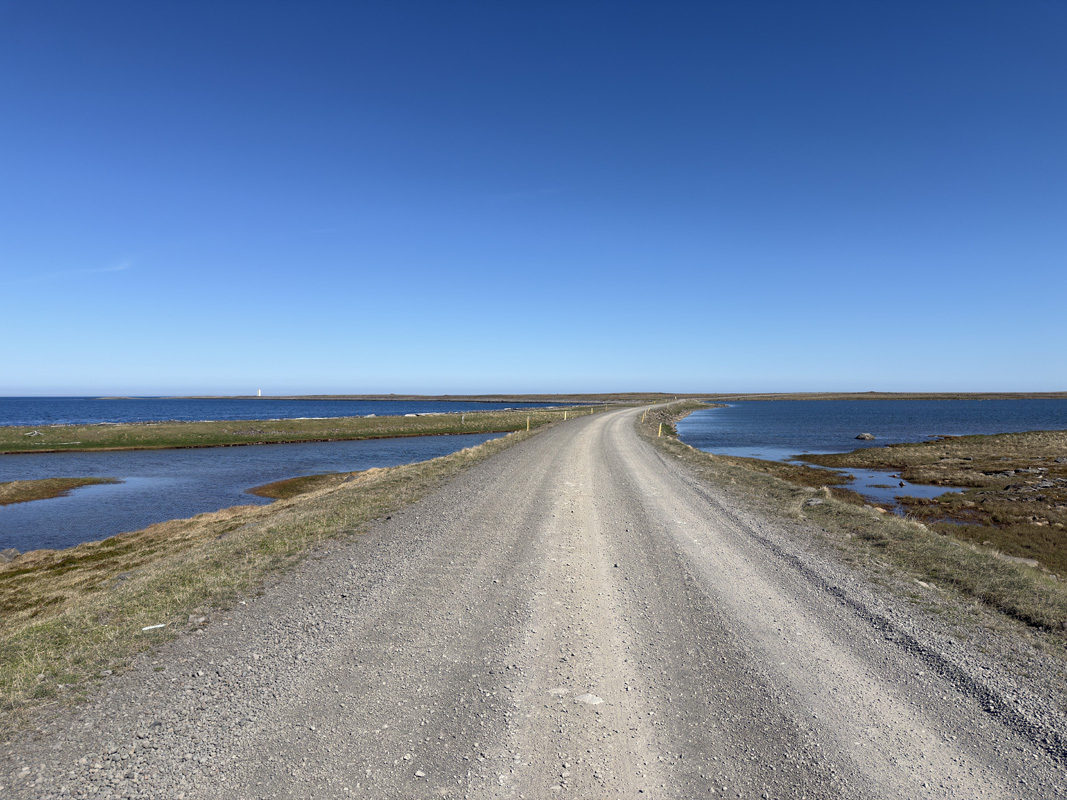After crisscrossing Iceland’s dramatic east coast in pursuit of my Hvannadalshnúkur dream, there was only one direction left to chase: north. More precisely, the northernmost point of mainland Iceland. I’d already ticked off the easternmost tip while waiting for summit day but that now left a long stretch of road ahead, threading me toward parts of the island I hadn’t yet explored.
After the glacier’s brutal sun, the idea of driving another 600 kilometers felt borderline delusional. But I needed a new goal — something to chase to keep the fatigue from catching me. Egilsstaðir would have to be it. A familiar name, the furthest I’d ventured so far, though this time it held little magic.
Well — almost none. Vök Baths tempted me with their steamy allure, amplified by Instagram ads that had clearly done their job a little too well. I stopped in for lunch, Sunday leaving few other choices. I wasn’t planning to bathe, but I wandered in wearing the only shorts I had — swimming shorts — and found myself promising the friendly girl behind the counter that I’d return one day to actually try the water. She seemed eager to chat, but every few minutes, another guest would cut the thread short. I took it as a sign: stay clear-headed, keep moving. Yet part of me wavered — maybe I had driven enough for one day?
Egilsstaðir buzzed in its usual subdued way, but the real shift came when I veered off the ring road. Suddenly, the silence thickened, the feeling of remoteness seeped into my bones. It was powerful — and oddly calming. The solitude here doesn’t feel empty; it feels rich, magnetic. That night I pitched my tent in Bakkafjörður, a tiny village of just 72 souls. I couldn’t help but wonder how many were actually home — and how our little group of campers, four vans, one car-dweller, and me in my tent, had just given the population a measurable bump.
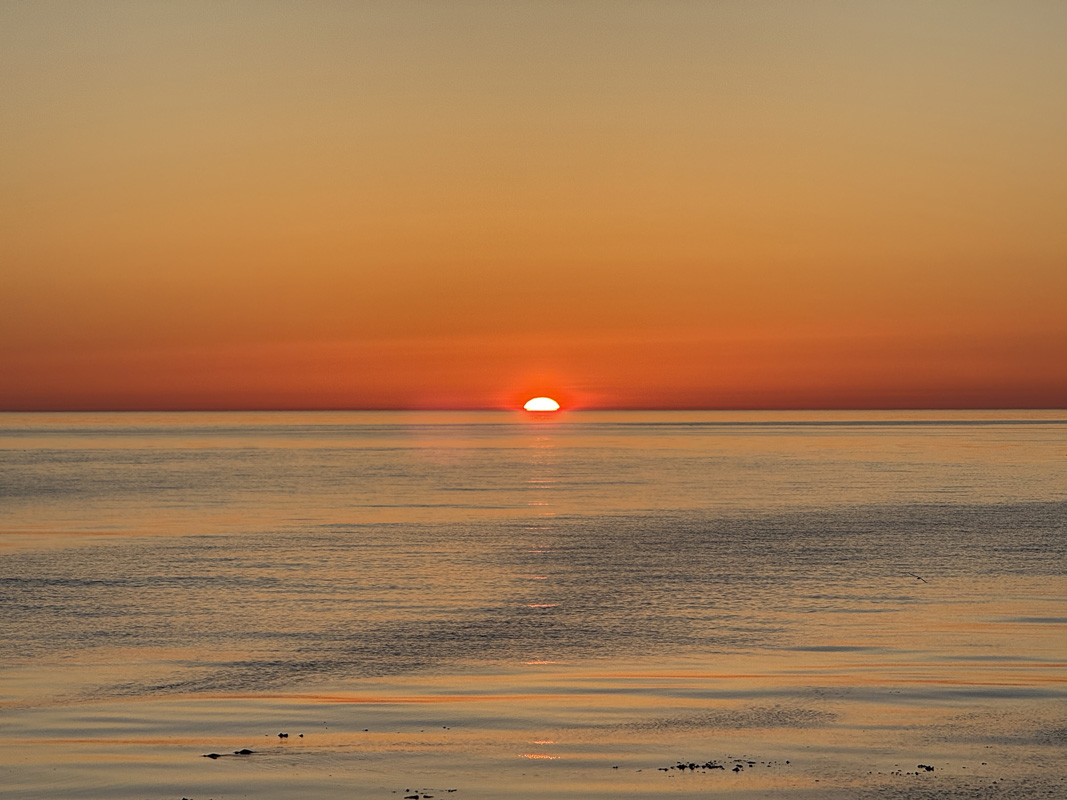
And then the sunset happened. One of those endless, golden displays that Iceland seems to conjure on demand. A sunset not just seen but felt. My soul rested here — truly rested. And, for the first time in a while, I thought: maybe it wouldn’t be so bad to share this with someone.
The next morning, the village stirred to life in its own quiet rhythm. Workers filtered into the fish factory for the 8 a.m. shift — yes, an actual bell rang to start the day. I was keen to begin my own version of a shift — driving — though it remained unclear how I was supposed to pay for the camping. That mystery remains unsolved.
Looking at the map north of Raufarhöfn, two land points seem to reach toward the Arctic: Hraunhafnartangi to the east, and Rifstangi to the west. From first glance, they look nearly even. In fact, for years, many believed that Hraunhafnartangi was the true northernmost point — some couples even got married there in this mistaken belief. There’s even been confusion about the Arctic Circle running through it, though it now lies kilometers north. Today, only the island of Grímsey sits inside the Arctic Circle.
But in 2016, the National Land Survey of Iceland finally settled the debate: Rifstangi is the winner, edging out its eastern rival by 68 meters. After decades of uncertainty, the most northern dot on the mainland was crowned.
Still, Hraunhafnartangi is slightly more accessible. First, you have to reach north Iceland, of course — and from there, it’s a turn onto gravel road 870 from Route 85. The stretch to Raufarhöfn is paved if you approach it via the U-shaped eastern route.
Raufarhöfn itself, Iceland’s northernmost town, has its own quiet charm. It’s also home to the Arctic Henge — Iceland’s version of Stonehenge, a monument to the old Norse belief system, Ásatrú. Built to align with the sun, the henge captures the light of the Midnight Sun as it arcs across the sky in June. On the 21st, the summer solstice, it aligns perfectly with the southern gate. It’s a hauntingly beautiful structure. Stark. Symbolic. Timeless.

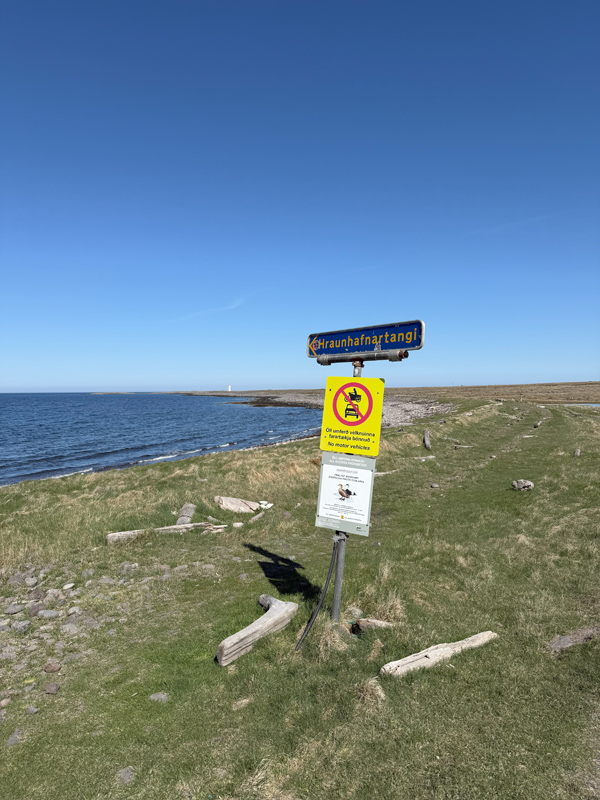
From the henge, it’s just a 15-minute drive to Hraunhafnartangi. On this road, sand just kicks up behind the car for tens of meters. The northernmost lighthouse in Iceland stands 19 meters tall, easy to spot — weather permitting. I had planned to visit, but between April 15 and July 14, the area becomes an eider duck nesting zone, and access is strictly prohibited. Signs on the roadside confirmed it. Too bad — but never mind. It’s only the second-most northern point, after all.
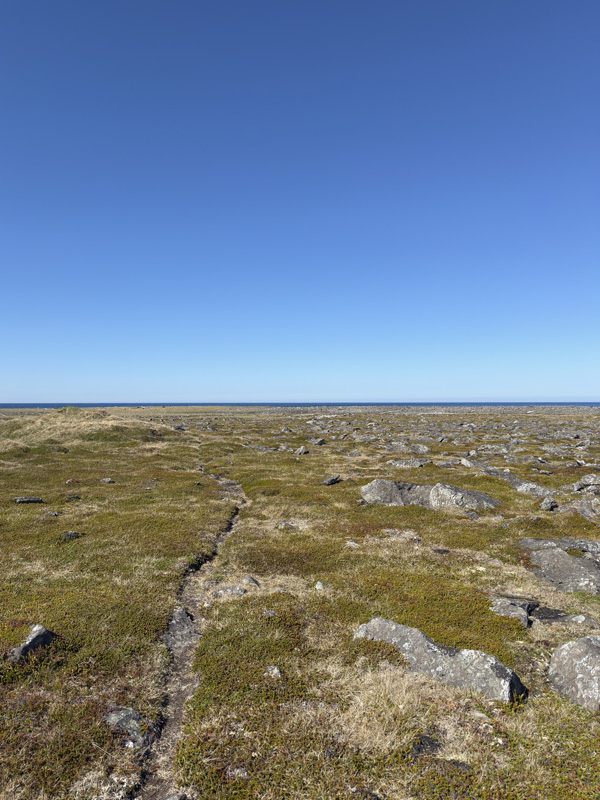
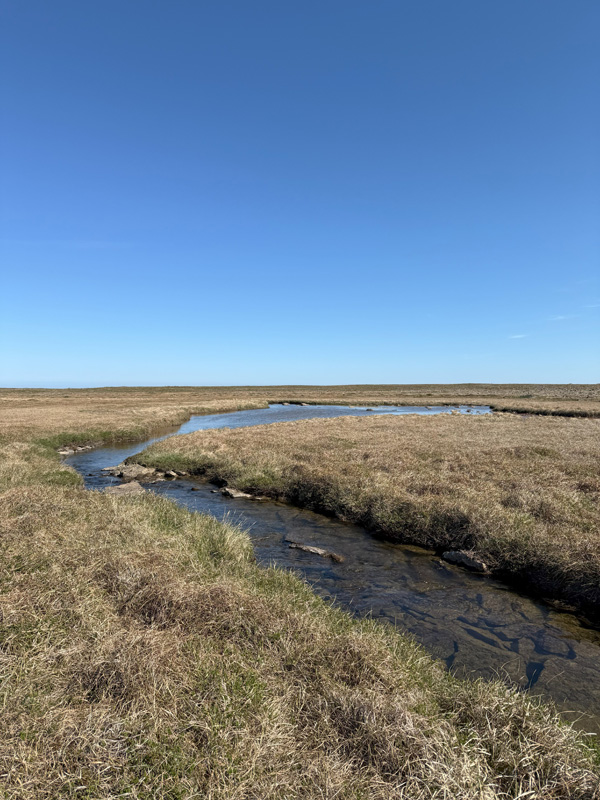
A few kilometers west, just past the abandoned Skinnalón farm, I parked the car and started hiking toward Rifstangi — or just Rif, as it’s also known. Had I come from the other direction — or done more research — I would’ve found the old road leading to the farm. Instead, I took the straight line approach, which turned out to be more zigzag than straight. The land was flat, but broken by shallow streams, small lakes, and marshy, soft ground that swallowed each step.
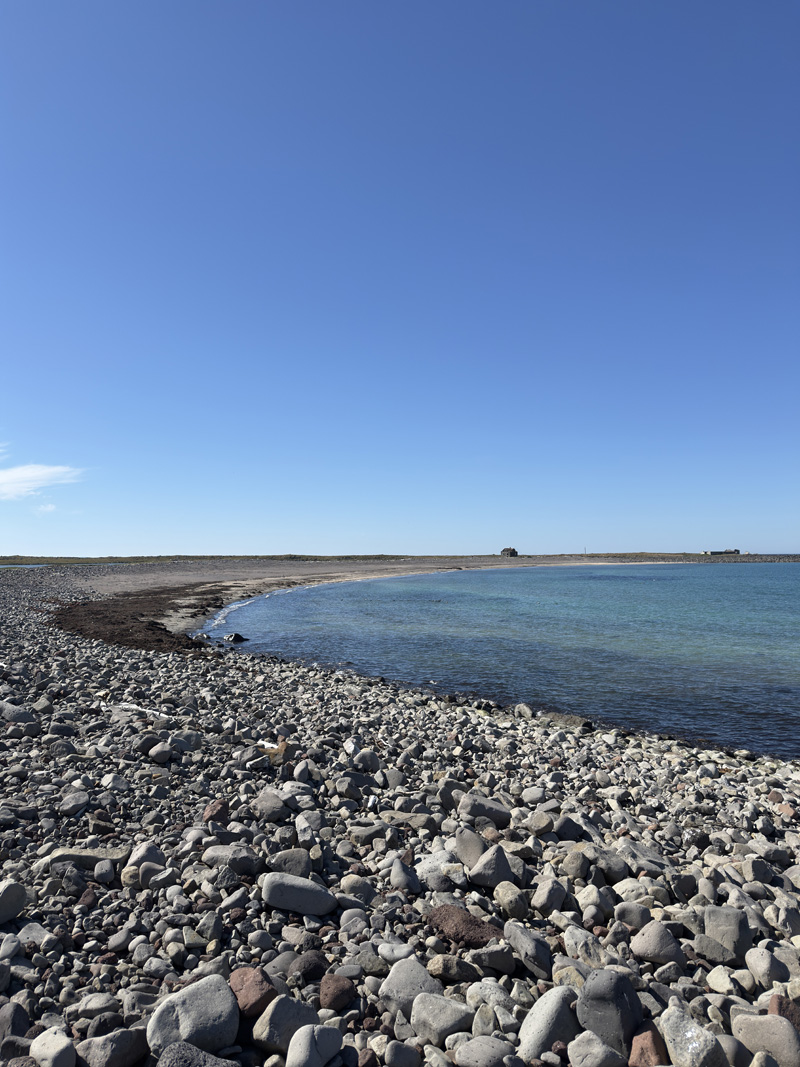
After three muddy kilometers, the abandoned Rif farmhouse came into view. And just as I neared the beach, one final trial: a swarm of dive-bombing arctic terns. They had clearly decided I was the enemy. Not a warm welcome, to say the least.
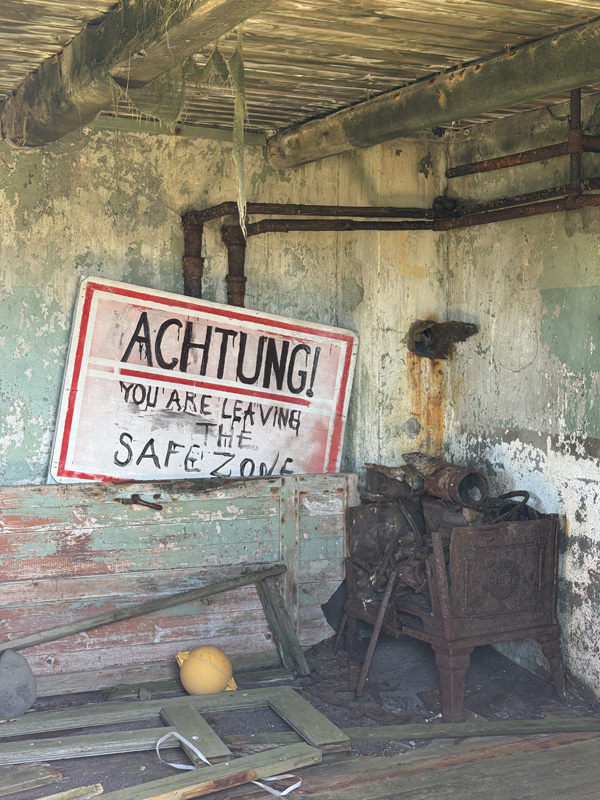
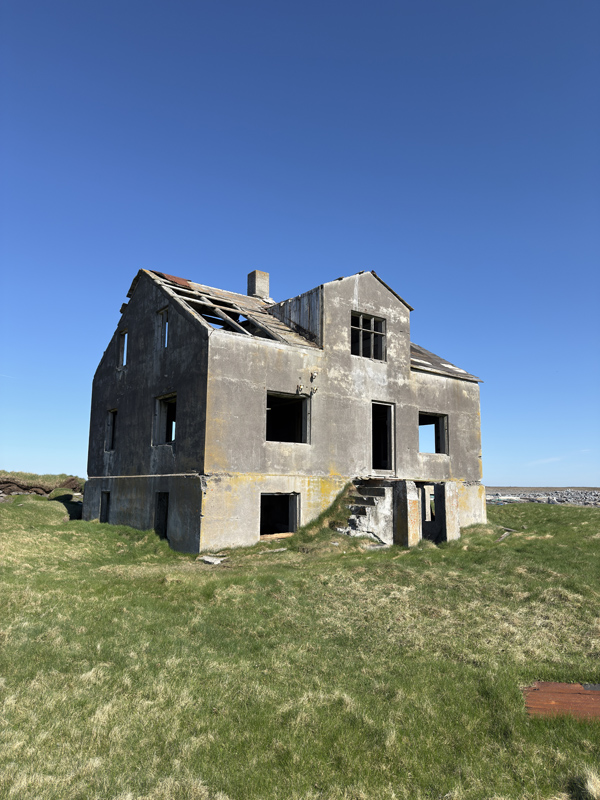
Rif was last inhabited in 1947, its fate sealed by harsh winters, remote isolation, and the slow bleed of Iceland’s rural depopulation. It’s strange to stand there and imagine a family once called this place home.
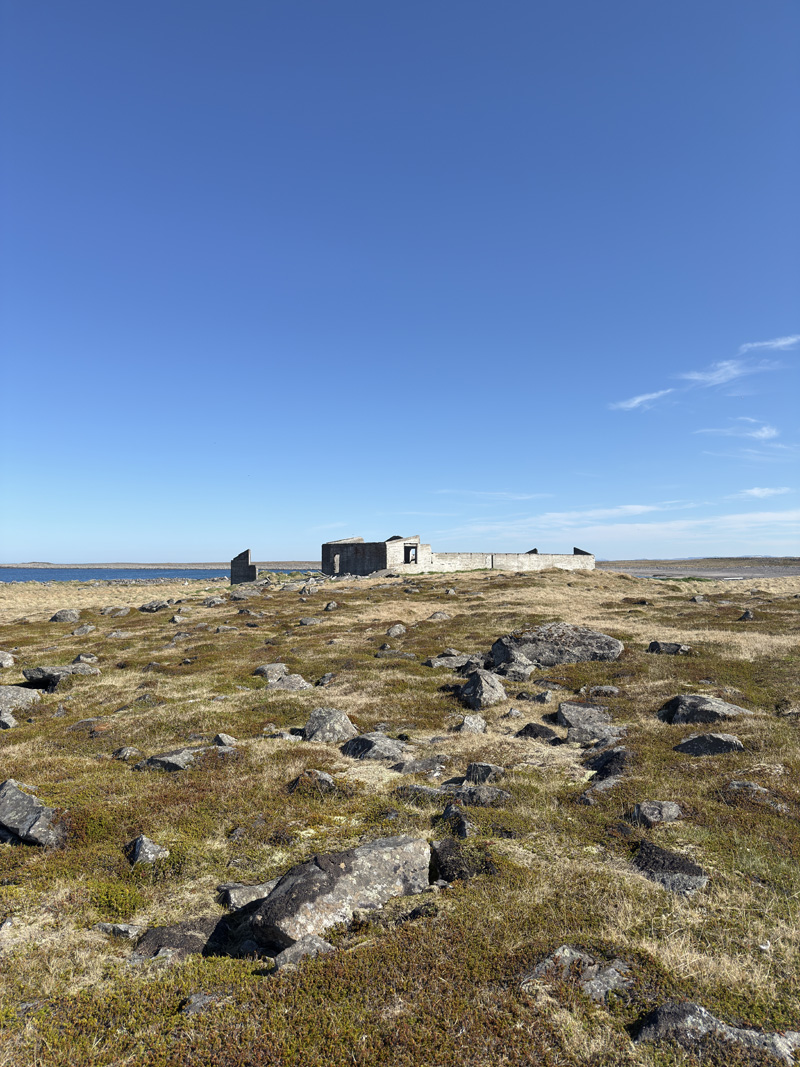
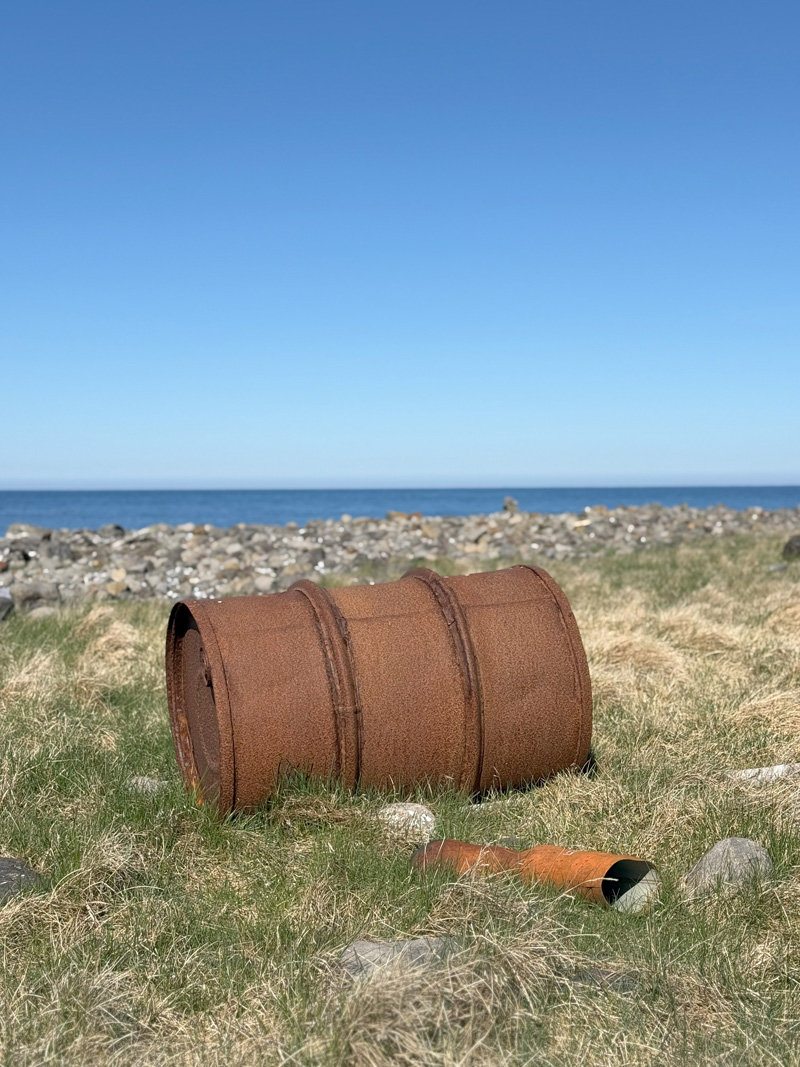

Around lay the sea’s offerings: driftwood, barrels, a single rubber boot and a shipwreck. If only the trash could talk. What waves brought it here? What storms tossed it overboard?
But for all its decay, this place felt right. I sat on the very tip, unwrapped a crushed snack bar, and let the quiet sink in. No distractions. Just sun, sea, and stillness, apart from the birds of course.
On a day like this — warm, calm, blue — it was hard to imagine how wild this place must get. But anyone who lived here did so on nature’s terms.
And as I sat there, alone but not lonely, I understood why. In the end, it was all about the road to the extremes — the challenge, the stillness, the rare privilege of standing there with my own senses wide open, knowing that this, at last, was Rif — the northernmost point of mainland Iceland.
